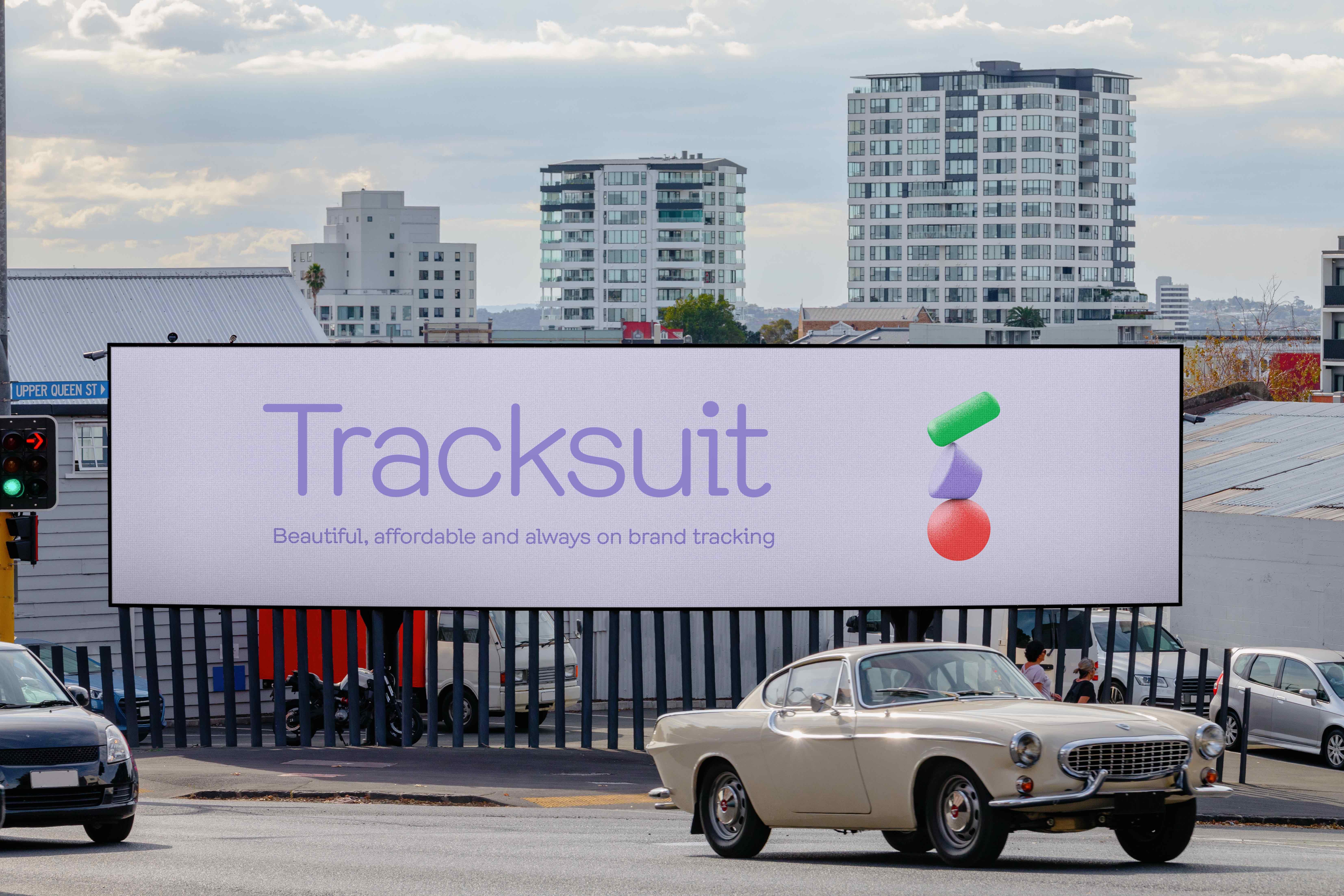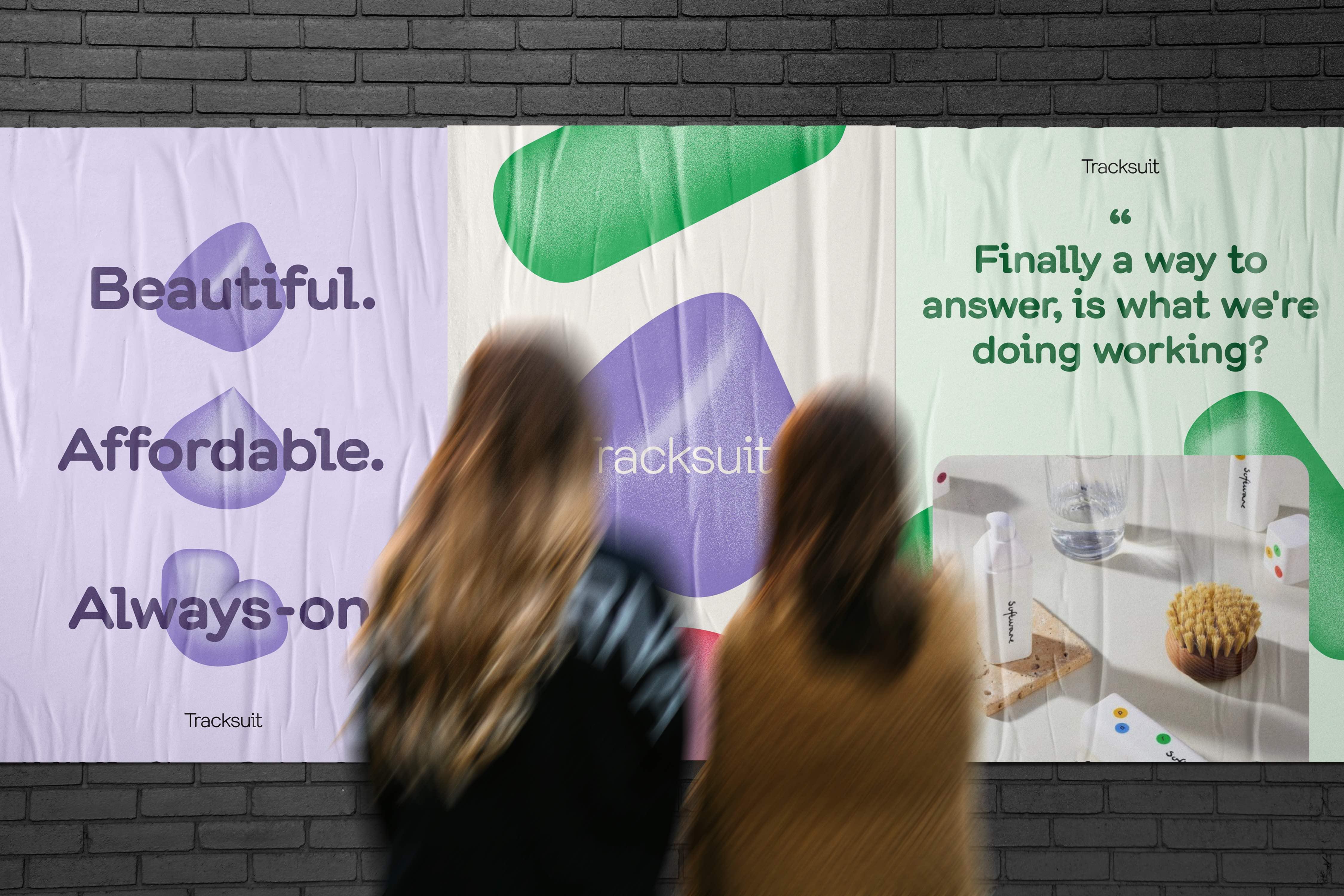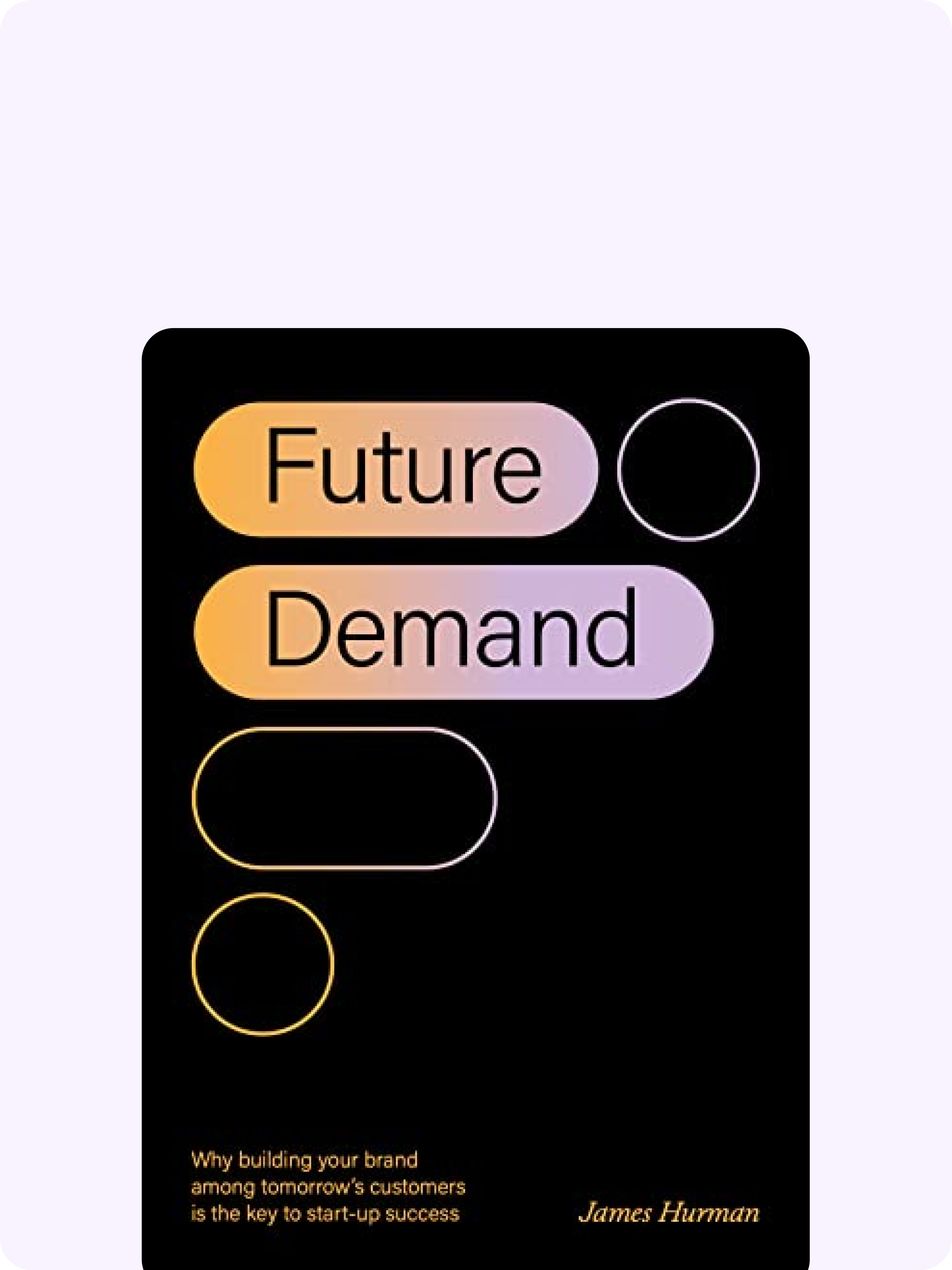Marketing in a recession: Why you shouldn't cut brand investment

As far as economic climates go, 2024 has been fairly grim. The cost of living crisis, inflation and rumblings of a recession have been dominating the minds of consumers (and the headlines).
If all of this chat has you feeling vulnerable as a marketer, you’re not alone. When the going gets tough, often marketing budgets are the first on the chopping block.
Sign up to Shorts
For fortnightly brand insights, stories and goodness that'll help you win (we promise).
And while the marketing industry has shaken off the ‘coloring in department’ stereotype, there is still pressure from the powers that be to demonstrate the ROI on brand marketing.
However, the good news for marketers is that it is actually possible to demonstrate brand marketing’s ROI. And as far as recessions go, continuing brand investment through both good and bad economic times is critical for a business’s commercial success.
All of the data shows that when we cut brand investment, it actually harms businesses in the long run.
The Ehrenberg-Bass InstituteOpens in new tab has found that if a brand stops advertising, its sales will fall 16% after one year and 25% after two years. In other words: you’re at a serious disadvantage when a normal economic environment resumes.
Brand investment equals future investment (or building future demand, as Tracksuit’s co-founder James HurmanOpens in new tab likes to say). Freeing up money from brand marketing creates short-term gains, but also long-term pains – and businesses may not recover from it.
If you’re feeling the tremors in your business and want to protect your budget, this article will be your best friend. Here’s our guide to ensuring that your brand still has enough investment to grow, despite the challenges.
How to keep calm and market on 🧘
1. Breathe: Recessions are actually more common than we realize
It’s easy to be affected by the doom-and-gloom news, but the reality is, recessions happen often. They’re usually a short period of time followed by a period of economic growth, so looking at the bigger picture is essential. The global economy has experienced 14 global recessions since 1870Opens in new tab, almost one a decade on average.
2. Assess: Not all industries are affected equally
Tough economic times can affect different industries in different ways. The ecommerce industry experienced a boom during Covid-19 due to stay-at-home orders and more people spending their time online. The travel industry was crippled during the pandemic, but is now seeing a resurgence. Look at the space your brand is operating in and understand how a changing economy might affect your category.
3. React: Look for opportunities where other brands pull back
While other businesses look to curb spending, you could use this opportunity to get ahead of competitors’ brands. Les Binet and Peter Field’s landmark study, Marketing in the Era of AccountabilityOpens in new tab, has shown that as brands increase their share of voice (or their investment into advertising) above their share of market, their share of market will increase. This also works the opposite way: if brands underinvest in their share of voice, they will lose their share of the market. Continuing to invest in brand will put your business in a strong position for growth when the economy recovers.

The evidence: Why investment in brand matters so much
100 years of dataOpens in new tab tells us that brands that advertise during an economic downturn grow, while brands that pull back end up in a worse-off position long-term and struggle to recover. This was first demonstrated in a study by Roland S. Vaile in the recession of 1923, and similar results have been found in studies ever since.
Brands who advertise during hard economic times see sales growth
The automatic response in business to tough economic times is to decrease marketing spend, but keep in mind that a lot of other businesses (including your competitors) will be doing the exact same thing. While everyone zigs, make your brand the one that zags.
If your brand continues with its brand marketing during a recession, the cut-through to consumers you’ll have will be far more impactful as there’s less competing voices, which will in turn increase your share of voice.
A study by MarketSenseOpens in new tab during the 1989 to 1991 recession found that brands that increased their advertising during this time saw serious sales growth. Jif Peanut Butter and Kraft Salad Dressing brands saw growth of 57% and 70%, while Pizza Hut sales rose 61%.
McDonald’s slashed its sales budget, and sadly saw sales drop 28%. The study’s conclusion? The best strategy for surviving a recession is to get the balance right between long-term brand building and short-term sales promotion.

Brands who don’t advertise see their business shrink
Cutting market budgets during a recession may benefit businesses financially in the short-term, but the long-term consequences can be hard to bounce back from. The three biggest risks businesses face with this approach are regaining the profitability and sales of pre downturn levels, losing market share and losing brand salience.
Harvard Business ReviewOpens in new tab analysed the performance of companies during the three most recent recessions and found that 80% of companies that cut marketing costs hadn’t regained their pre-recession sales and profits in the three years following, while the brands who cut costs fastest and deeper had the lowest probability (21%) of getting ahead of the competition when times got better.
Consumers feel better about brands who advertise in a tough economy
You wouldn’t abandon a friend when they’re going through a tough time, and the same can be said of consumers. Familiar and trusted brands and products can be seen as a source of comfort in hard times, but businesses need to still do the work in reminding consumers that they exist and are there for them.
A Harris Interactive/Yankelovich survey polled people about what they thought of companies that advertise during an economic downturn and found that 86% said the brand was top of mind when they were ready to purchase, while 86% said they felt better about a company’s commitment to their products and services.
Messaging is everything, so keep in mind it’s important to use thoughtful, considered communications specific to the current economic conditions, rather than an “everything is fine” or hard sell narrative.
How to build a case for continued brand investment 💸
If management is looking to brand marketing as an easy way to cut costs, it’s important to demonstrate that brand building has a measurable return on investment (ROI) just like other forms of marketing.
A brand tracking software like Tracksuit can map the impact your marketing activity is having and can be used to do a side-by-side analysis with sales data to show how marketing is contributing to a brand’s commercial performance.
Some of the ways Tracksuit’s data can help in economically tough times include:
- Proving the ROI of brand building by demonstrating growth in consumers’ brand awareness, consideration, preference and usage.
- Easily downloadable data points that can be used as evidence of brand marketing activity having an effect on your customer sales funnel.
- Monitoring the performance of your closest competitors and whether their share of voice is increasing or decreasing in market, which presents an opportunity.
- Looking for opportunities where your brand is under indexing by demographic, including gender, location and age group.

It’s also worth reminding the rest of your team that it’s easier to compete on brand than on price.
The race to the bottom on price doesn’t have many winners, as chances are there is a bigger business out there that can go deeper on discounts and promotions than your brand can, all the while your brand value may dip.
Having a strong brand is an important defence strategy against cheaper label product alternatives and means that you have more pricing power (AKA, the ability to raise prices without reducing demand for your products).
To safeguard your budget, here are some key actions you can take to maximize marketing effectiveness today:
- Assess whether your brand’s marketing strategy has the balance right between sales activation and brand building (Tracksuit’s Marketing Budget Calculator can help with this).
- Review your marketing’s messaging and make sure it’s hitting the mark with consumers whose attitudes, values and expectations will be affected by the economic downturn.
- Make sure your creative is of a high quality, so your advertising dollars are working to their highest potential.
- Investigate channels outside of your usual marketing strategy, as there might be less competition (and better prices) available while advertising by other brands is decreasing.
The finishing line 🏁
We hope this article has helped you protect your marketing budget so your business can continue to grow!
100 years of marketing analysisOpens in new tab shows that brand building shouldn’t take time off, even in tough economic times like a recession.








